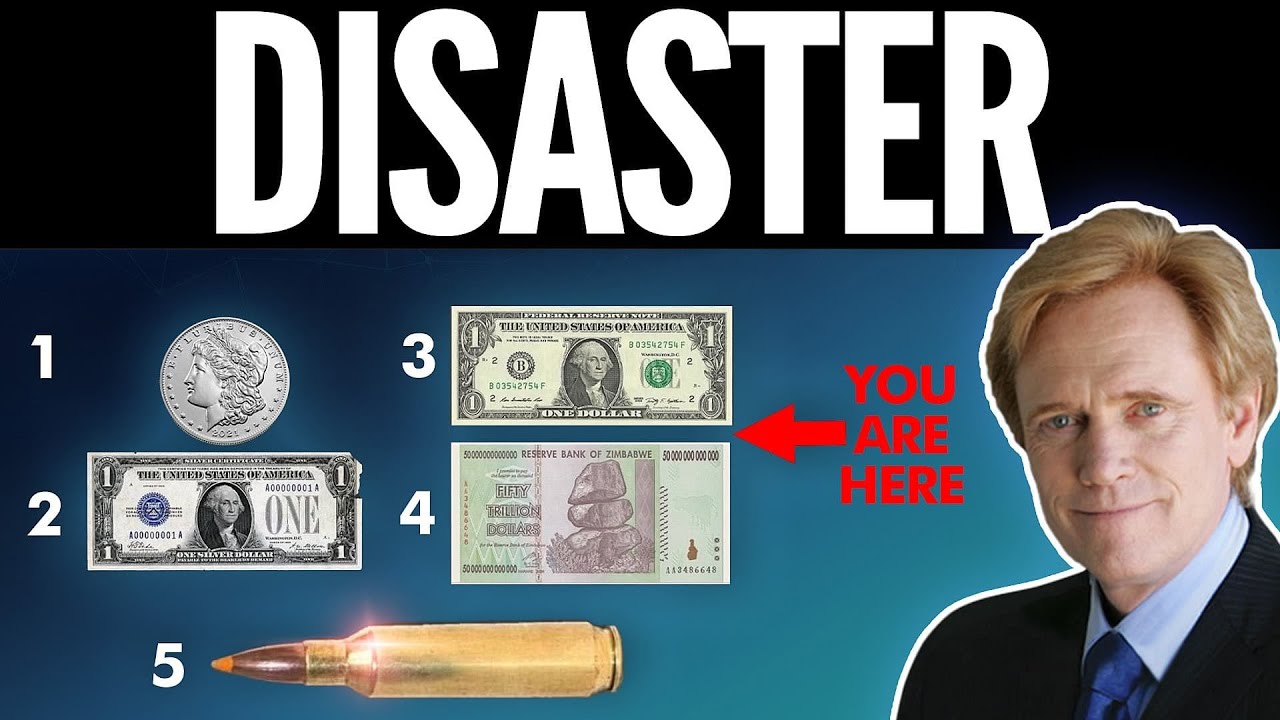A case study in this chapter discusses the federal minimum wage law a Suppose the minimum wage is
Summary
TLDRThe script discusses the impact of minimum wage on employment and unemployment. Initially, without a minimum wage, the market wage is W1 with Q1 workers employed. Introducing a minimum wage WM above W1 results in fewer workers employed (Q2) and higher unemployment (Q3-Q2). The script then explores the effect of increasing the minimum wage to WM', leading to further employment reduction (Q2') and unemployment increase (Q3'-Q2'). The size of unemployment's rise depends on the elasticities of labor demand and supply. The total wage payment may increase or decrease depending on the relative changes in wage and employment, illustrated through scenarios of elastic and inelastic demand.
Takeaways
- 💼 Minimum wage is set above the market wage (W1), resulting in a new market wage (WM) and a reduced number of employed workers (Q2).
- 👷♂️ Unemployment arises due to the minimum wage, represented by the difference between the number of workers willing to work at the minimum wage (Q3) and those actually employed (Q2).
- 📊 Wage payments to workers are calculated as the area of rectangle ABCD, which equals WM times Q2.
- 📈 An increase in the minimum wage (WM Prime) leads to a further decrease in employment (Q2 Prime) and an increase in unemployment (Q3 Prime minus Q2 Prime).
- 🔍 The effect of a higher minimum wage on employment is determined by the elasticity of demand for labor, with the elasticity of supply being less relevant.
- 📉 Employment decreases with an increase in the minimum wage due to the reduced quantity of labor demanded.
- 📈 Unemployment increases as the difference between the quantity of labor supplied and demanded widens.
- 🔗 The rise in unemployment depends on both the elasticities of supply and demand, with demand elasticity affecting labor demand and supply elasticity affecting labor offered.
- 📊 In the case of inelastic demand, the percentage decline in employment is less than the percentage increase in the wage, leading to an increase in total wage payments.
- 📊 With elastic demand, the percentage decline in employment is greater than the percentage increase in the wage, resulting in a decrease in total wage payments.
Q & A
What happens to the market wage and employment levels without a minimum wage?
-Without a minimum wage, the market wage would be W1, and q1 workers would be employed.
How does the imposition of a minimum wage above the market wage affect employment?
-When a minimum wage (WM) is imposed above the market wage (W1), the number of employed workers drops to Q2, leading to unemployment as more workers are willing to work at the new minimum wage but can't find jobs.
How is unemployment calculated in this context?
-Unemployment is the difference between Q3 (the number of workers willing to work at the minimum wage) and Q2 (the number of employed workers), meaning the unemployed workers are those between Q3 and Q2.
How are wage payments to workers represented on the graph?
-Wage payments to workers are shown as the area of the rectangle A-B-C-D, and this area equals WM (minimum wage) multiplied by Q2 (the number of workers employed).
What is the effect of an increase in the minimum wage on employment?
-When the minimum wage increases to WM Prime, the number of employed workers decreases to Q2 Prime, while the number of workers willing to work increases to Q3 Prime, leading to a larger gap between Q3 Prime and Q2 Prime, resulting in higher unemployment.
How does the elasticity of demand impact the size of unemployment after a wage increase?
-The elasticity of demand determines how much the quantity of labor demanded decreases when the minimum wage rises. The higher the elasticity, the more employment decreases, leading to greater unemployment.
Why does the elasticity of supply not affect unemployment in this scenario?
-The elasticity of supply does not matter because there is already a surplus of labor, meaning more workers are willing to work than there are jobs available.
What is the relationship between wage increase and unemployment for inelastic demand?
-With inelastic demand, the percentage decline in employment is smaller than the percentage increase in wages. As a result, total wage payments to workers increase.
How does elastic demand affect total wage payments after a minimum wage increase?
-In the case of elastic demand, the decline in employment is larger than the wage increase, leading to a decrease in total wage payments despite the rise in wages.
How can wage payments be compared before and after the wage increase?
-Wage payments can be compared by examining the change in the areas on the graph. The initial wage payment is represented by one area, while the new wage payment after the increase is represented by a larger or smaller area, depending on the elasticity of demand.
Outlines

Esta sección está disponible solo para usuarios con suscripción. Por favor, mejora tu plan para acceder a esta parte.
Mejorar ahoraMindmap

Esta sección está disponible solo para usuarios con suscripción. Por favor, mejora tu plan para acceder a esta parte.
Mejorar ahoraKeywords

Esta sección está disponible solo para usuarios con suscripción. Por favor, mejora tu plan para acceder a esta parte.
Mejorar ahoraHighlights

Esta sección está disponible solo para usuarios con suscripción. Por favor, mejora tu plan para acceder a esta parte.
Mejorar ahoraTranscripts

Esta sección está disponible solo para usuarios con suscripción. Por favor, mejora tu plan para acceder a esta parte.
Mejorar ahoraVer Más Videos Relacionados
5.0 / 5 (0 votes)






